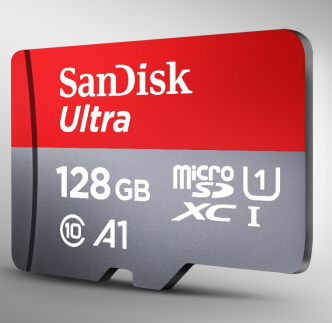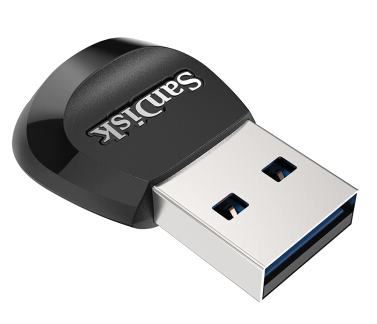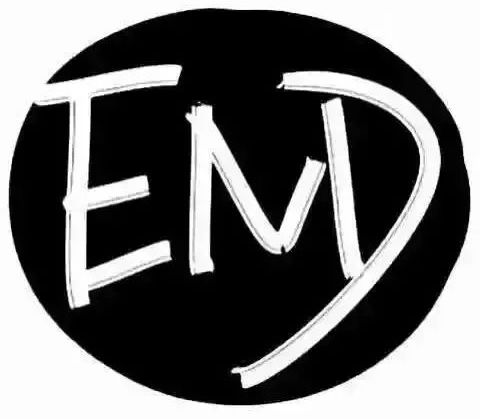Currently, there are two types of SD cards on the market: SD cards and microSD cards, which are easy to distinguish by size.
However, these two types of cards are also divided into UHS-I and UHS-II cards, abbreviated as S1 and S2 cards. The difference lies in the number of gold fingers on the back; S1 cards have one row, while S2 cards have two rows. If there is an S3 card in the future, it may have three rows.
Don’t worry about compatibility or being unable to insert them, as their interfaces are the same. Cards with different interfaces automatically fall back to the lowest common denominator in terms of compatibility.
So, matching a good horse with a good saddle, recognizing the types supported by your device can help avoid performance waste.
Generally, S1 cards have a maximum speed limit of around 104M, while S2 cards have a maximum speed limit of 300M. For convenience, the S1 cards currently on sale are mostly labeled with a read speed of 100M/S.
Note that this is only the read speed.
Regarding write speeds, to make the following content easier to understand, I will divide the write speeds of S1 and S2 cards into three levels: low, medium, and high.
Low-speed S1 card: cards with a write speed of 10M/S, suitable for devices like Bluetooth speakers and video players that do not require frequent writing.
Medium-speed S1 card: cards with a write speed of 30-60M/S, suitable for entry-level digital cameras, general monitoring, dash cameras, etc., where write requirements are not high.
Full-speed S1 card: cards with a write speed of 80-90M/S, used for video recording in digital cameras, 4K monitors, etc., that require high-speed writing.
Super-speed S1 card: cards with a write speed of 80-90M/S and a read speed of 150-170M/S, which require a dedicated card reader, mainly used for reading programs, such as on phones and SWITCH.
Low-speed S2 card: refers to Sony’s SFE series or cards with comparable performance, suitable for high-speed continuous shooting in cameras.
Medium-speed S2 card: refers to Sony’s SFM series and cards with comparable performance, suitable for high-speed continuous shooting in cameras.
High-speed S2 card: refers to Sony’s SFG series and cards with comparable performance, suitable for high-speed continuous shooting in cameras.
The mainstream manufacturers currently start with 16G or even 32G, with a maximum capacity reaching 1T or 2T, and the capacity should be prominently marked on the card.
Performance is sometimes related to capacity; similar to SSDs, cards with lower capacity may have weaker performance. Research has shown that 128G is a baseline.
Cards above this capacity almost perform uniformly, while those below this capacity may have reduced performance. Therefore, when comparing below, unless otherwise specified, the premise will be based on a capacity of 128G.
4. Product Recommendations
Only TF cards; the Samsung Red card, as a full-speed S1 card, is priced similarly or even lower than other brands’ medium and low-speed cards, making it unbeatable in terms of cost-performance ratio.
According to customer service, there is no essential difference between the Yellow card and the Red card; the Yellow card is for offline sales, while the Red card is for online sales, and later, the Yellow card can also be sold online.
The Samsung Red card is almost an all-purpose card, usable for everything, with a 10-year warranty and guaranteed after-sales service.
Cards below 64G may have reduced performance, so it is recommended to buy cards above 128G.
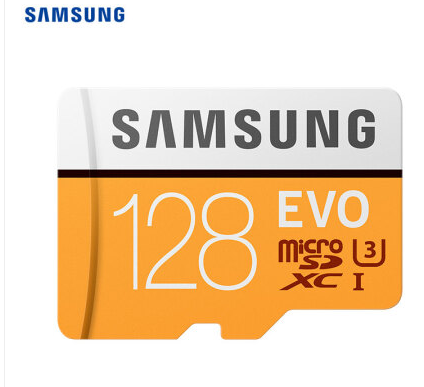
SanDisk’s product line has some issues, only offering low-speed S1 cards and super-speed S1 cards, with almost no mid-range products available. The low-speed cards have poor performance and are even cheaper than Samsung, so I do not recommend purchasing them.
The super-speed S1 card generally cannot exceed the 104M limit due to most card readers, making it unable to fully utilize its capabilities, and it is also more expensive than the Samsung Red card, which creates a very awkward situation.
While the super-speed S1 card may perform excellently on electronic devices, photographers need to purchase an additional supported card reader, which is only available from SanDisk.
A standalone TF card reader costs 69.9 yuan, while a standalone SD card reader costs 109 yuan. However, if you don’t use this, you won’t be able to unleash its full potential.
In terms of after-sales, it offers a lifetime warranty, which is a positive aspect.
Kingston
In comparison, Kingston’s product line is quite smooth. If you have a preference for SD cards and do not accept TF card adapters, then Kingston’s full-speed S1 green card is basically your only choice.
There are also low-speed TF cards with a write speed of only 10, and super-speed cards with a read speed exceeding 150.
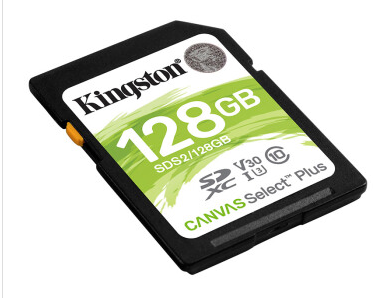
The S2V90 high-speed red card is very powerful; its price of 899 yuan is the cheapest among similar products, and it comes with a UHS-II card reader valued at 69 yuan, effectively making this card cost 830 yuan.
If you are a photographer with a high demand for continuous shooting, then this card’s cost-performance ratio is basically unmatched.
The cheapest version of this card, 32G, is only 249 yuan. After subtracting the card reader’s 69 yuan, it costs only 180 yuan. Compared to the smaller capacity S1 cards, the S2 cards have consistent performance across all capacities, so for shooting, you can completely buy multiple smaller cards.
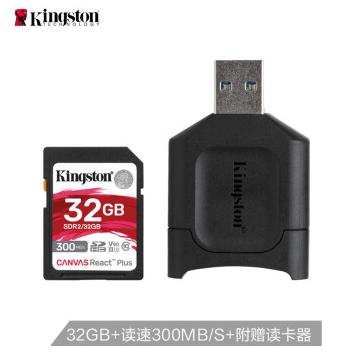
All products come with a lifetime warranty, making it another heirloom.
Sony’s S1 cards do not require much evaluation, as faith is there.
The S2 cards have three product lines, which are not cheap, but there are not many other alternatives available.
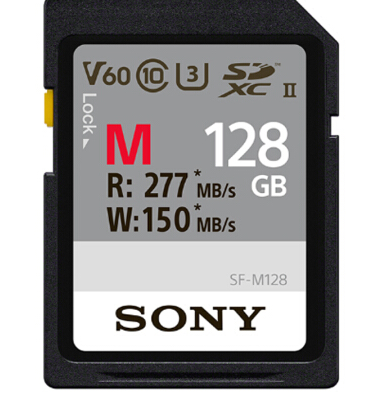
Sony offers a 5-year warranty.
This brand’s products tend to look down on low-capacity cards; only cards of 256G can reach full speed, while others can only be medium speed.
Low-speed cards are also not cheap; referring to Samsung’s prices, they are not worth buying without a good price.
Typically, they offer a 5-year warranty.
The product line is relatively singular, only offering S1 medium-speed cards, which can still be acceptable if the price is right.
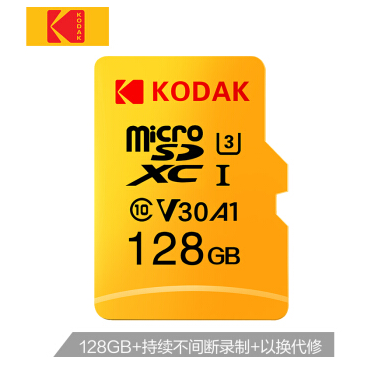
Kodak also has S2 cards, but the price and performance do not have any advantages, making the cost-performance ratio average.
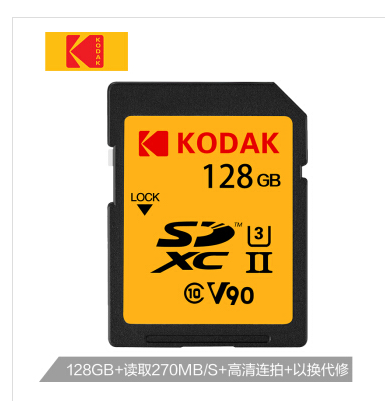
Domestic Brands like BANQ and Longke
Performance is typically at the medium-speed card level, mainly offering small capacity cards at low prices, suitable for home use like peephole monitors. In this case, BANQ’s one-year warranty seems quite meager, while Longke’s ten years is very impressive.
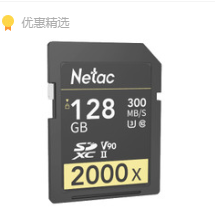
When I used an SD card, I didn’t pay attention to protection, and the card was physically damaged, causing me to lose many precious photos. If you are concerned about this, you can choose a TF card, as at least TF cards won’t be physically damaged.
Regarding the performance degradation issue that some people worry about, since the card slot is a physical connection, there is basically no degradation. The following set of images shows the read and write data of the Samsung Red card with and without different card slots, showing that the performance is almost identical.
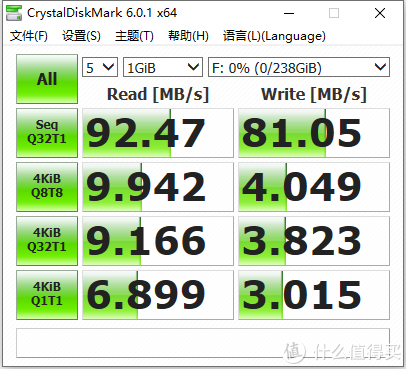
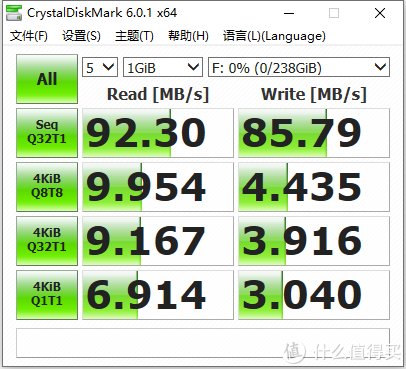
However, similar to Kingston’s V90 Ultra Red TF card, which is clearly an S2 specification card but comes with an S1 card slot, the S2 TF card is the only one of its kind.
Super-speed S1 can only run at around 90 when using a card slot, so it must be used without the slot and paired with a dedicated card reader; the rest of the S1 cards do not need to worry at all.
Regarding stability, using a poor-quality card slot may cause issues, but as long as the card slot is of acceptable quality and undamaged, there generally won’t be any problems, so there’s no need to worry.







